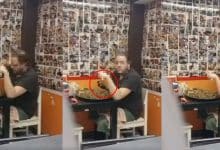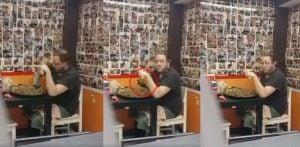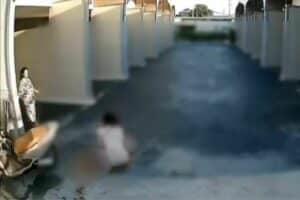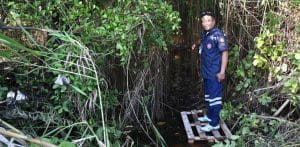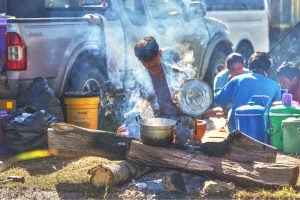The delicate process of starting plants from seed
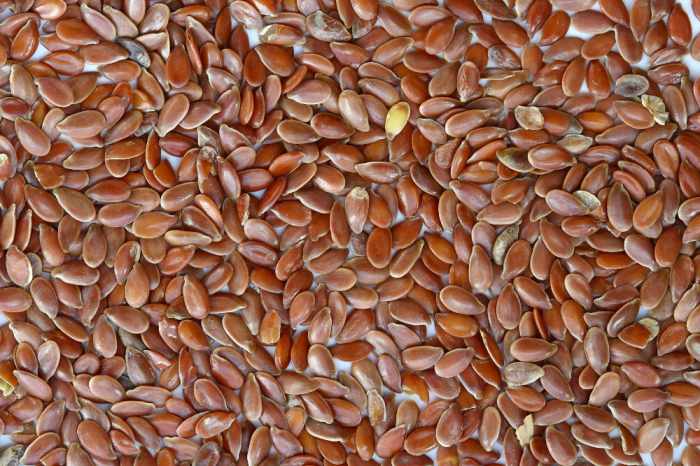
PHUKET: Just over a year ago, part of this column was about cultivating your own flowers. Time to go into a bit more detail. The easiest way to grow plants for your garden is to use seeds. They can be obtained from large supermarkets such as Tesco, a few garden centers, or from specialist retail outlets. One of these shops is on the old airport road going north from Phuket Town, a few hundred yards before ‘SuperCheap’. In Phuket, the range of packeted vegetable seeds is good, the range of flowers less so. Take care to observe the instructions on the packet.
Of course, you can always use your own seeds. The easiest to get are from annuals such as zinnias, gomprenas, African marigolds or cosmos daisies. Indeed, these will readily self-sow if left to their own devices. Before man upset the apple-cart, seeds were solely distributed by wind, water or via the innards of birds and animals. Not any more….
After plants have finished flowering, seed heads or fruits form. These should be collected only when they are dry, and the seeds are beginning to fall away. As a general rule of thumb, the larger the seed, the bigger will be the end product. So seeds vary in size from the microscopic seeds of orchids, through the pea or bean-sized fruits of the legume family, to the substantial “stones” of the vetianas and avocados. These big stones should only be taken from over-ripe fruit.
However you come by your seeds, remember that once sown, they should be cosseted. Opinions vary as to which is the best sowing medium, but it should be relatively low in nutrients, and porous enough to allow the delicate initial rootlets to develop. Initially, seedlings will feed off the food in the seed itself. So straight top soil is likely to be too strong, and also too prone to contain pests. Sterile compost mixed with coconut fiber and river sand is probably ok for most small seeds. Succulents must have sand: cacti will not survive without silicates in the mix.

Choose clean plastic pots or trays. Dirty ones are liable to harbor disease. Pots are best since they do not dry out so quickly. And seedlings will not survive bone-dry conditions for long. Plant just below the surface for small seeds, about one to two centimeters for bigger seeds. Larger seeds (such as those of cannas) will germinate more rapidly if they are soaked in water for a couple of days, or if the tough skin is scratched or scarified. The potting mix should be moist but not saturated. If possible, apply water from below. This will avoid the twin possibilities of washing the tiny seedlings out of the soil, or of drowning them with over-liberal use of the watering can.
Place your seeds in a place where there is plenty of light, but little or no direct sunlight – at least initially. Water sparingly, look out for predators such as ants, and check for wilt or “damping off” which is caused by a fungus. If you can, use a weak solution of fungicide to prevent “damping off”. Once the secondary or real leaves appear, move the pots to a position where they will get some sun.
Finally, treat the young seedlings with care when you finally plant them outside. Never hold them by the stem (which is very tender); instead hold them by a leaf when you place them in position. Losing a leaf is not a disaster; crushing the stem is… And don’t expect perfect results. Homegrown seeds may produce genetically regressive offspring.
Shrubs and trees are less often propagated by seeds. The commonest and easiest method is to use cuttings (sometimes referred to as “striking”) from the parent plant. Not all shrubs will respond to the method, but a few basics apply. Cut your slip below a node (growing point) at a sharp angle. Cuttings are normally ten to twenty centimeters long, but will need to be bigger for large shrubs or trees. Bury the cutting three or four centimeters deep in a mix of soil and sand (to increase permeability), or even start it in water with a mild dose of fertilizer.
If you can, dip the cutting in rooting hormone before you plant it. Of course, you may prefer to plant the cutting directly in the garden, but remember to keep it moist, and if you use a pot (preferred), place it in partial shade.Then wait for the shoots to appear.
If you have a question or a garden that you would like featured you can email me at: drpaccampbell@gmail.com. Further information about this gardening series and Patrick’s other work can be accessed at: patrickaccampbell.wordpress.com
— Patrick Campbell
Latest Thailand News
Follow The Thaiger on Google News:
